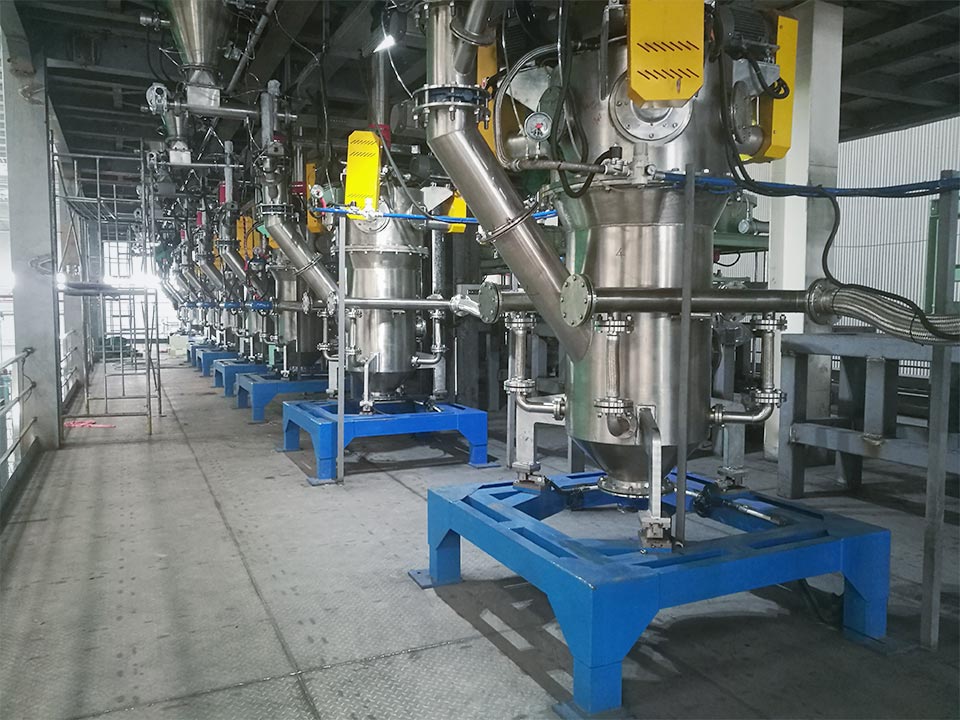Jet mill has outstanding advantages for processing ternary cathode materials
Generally speaking, there are basically two kinds of ternary cathode materials, one is nickel cobalt lithium aluminate NCA and the other is nickel cobalt manganese lithium NCM. The main purpose is to use in ternary cathode material batteries.
In the processing of ternary materials, the main steps are in three aspects. The first is: mixed abrasives, the second is: high temperature sintering, and the third is: crushing and decomposition. The material particles can be pulverized by a purchased jet pulverizing classifier to achieve the appropriate particle size requirements, and then sieved through classification to obtain the desired ideal particles of ternary materials. The ideal particle is usually around 42μm, and the fluctuation cannot exceed 6μm. This kind of particle can be processed by a jet mill.

The jet mill has outstanding advantages for processing ternary cathode materials, and its performance lies in:
- It has the ability to shape the particles and control the particle size. The finished particles have excellent shape and can be used for different material characteristics and requirements.
- The material distribution is narrow, and the finished product has a high tap density.
- Over-grinding is low, and the finished product rate can reach over 96%.
- The equipment is lined with wear-resistant materials, the equipment wears little, and the finished product has high purity.
- Using frequency converter for precise control, the material fineness can be adjusted arbitrarily between 0.5-100 μm.
- Full negative pressure operation, low noise, no dust pollution.
The jet mill used to crush ternary materials has a built-in high-precision turbine classification system, which can accurately separate the specified particle size after crushing, and the whole machine adopts closed-circuit operation to effectively prevent dust pollution.
